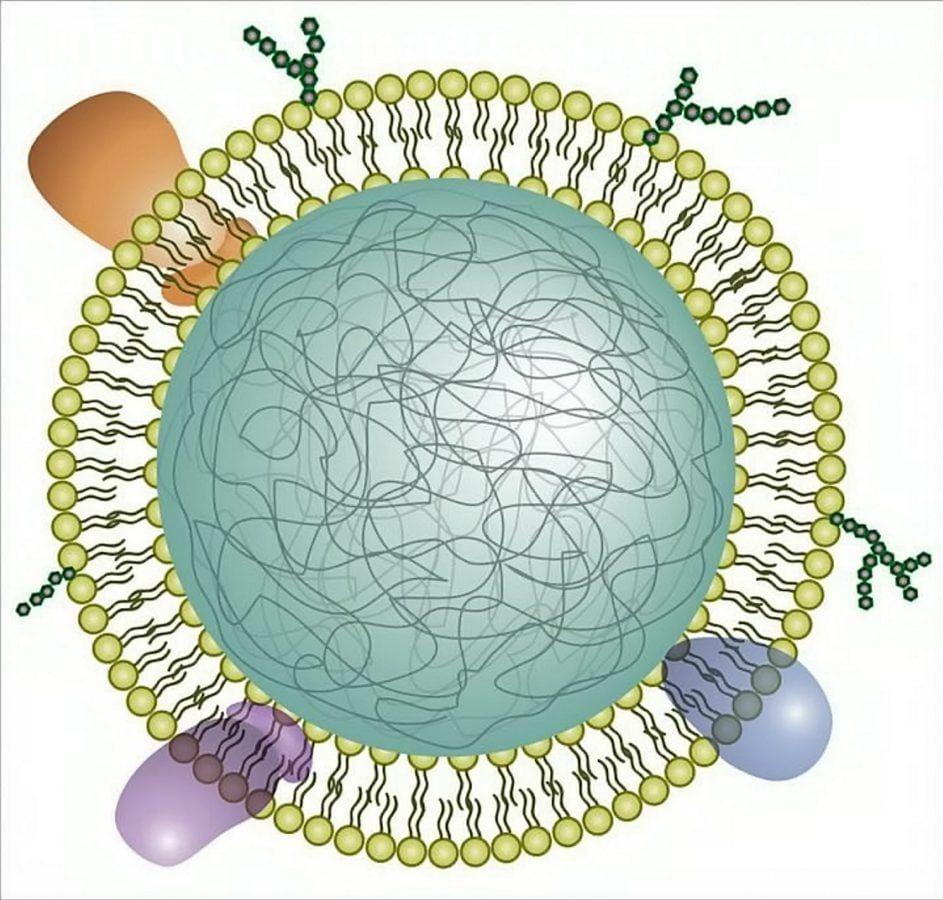
The pain, swelling and stiffness caused by rheumatoid arthritis could one day be reduced thanks to an injection of “nanosponges,” a study found.
While the breakthrough does not cure the autoimmune disease, it helps manage the condition that affects 400,000 Britons.
The neutrophil “nanosponges” safely soaks up and neutralises a variety of proteins that play a role in the progression of the disease that causes inflammation in the joints, usually the hands, feet and wrists.
In mice experiments injections of these nanosponges effectively treated severe rheumatoid arthritis and if given early enough can also prevented the disease from developing.
Professor Liangfang Zhang at the University of California San Diego cautions that the nanosponge treatment does not eliminate the disease.
Prof Zhang said: “We are basically able to manage the disease. It’s not completely gone.
“But swelling is greatly reduced and cartilage damage is minimised.”
The team hopes to one day see their work in human clinical trials.
The senior author at the university’s Jacobs School of Engineering explained: “Rheumatoid arthritis is a widespread and devastating autoimmune disease characterised by systemic inflammation that causes progressive joint damage and disability.
“The precise cause of rheumatoid arthritis remains elusive, and current treatment primarily targets the inflammatory response.
“Nanosponges are a new paradigm of treatment to block pathological molecules from triggering disease in the body.
“Rather than creating treatments to block a few specific types of pathological molecules, we are developing a platform that can block a broad spectrum of them and this way we can treat and prevent disease more effectively and efficiently.”
The new nanosponges are nanoparticles of biodegradable polymer coated with the cell membranes of neutrophils, a type of white blood cell.
Neutrophils are among the immune system’s first responders against invading pathogens.
They are also known to play a role in the development of rheumatoid arthritis.
When rheumatoid arthritis develops, cells in the joints produce inflammatory proteins called cytokines.
Release of cytokines signals neutrophils to enter the joints and once there, cytokines bind to receptors on the neutrophil surfaces, activating them to release more cytokines, which in turn draws more neutrophils to the joints and so on.
The nanosponges essentially nip this inflammatory cascade in the bud.
By acting as tiny neutrophil decoys, they intercept cytokines and stop them from signalling even more neutrophils to the joints, reducing inflammation and joint damage.
And they promise an alternative to current treatments such as some monoclonal antibody drugs which have helped patients manage symptoms of the disease.
But they work by neutralising only specific types of cytokines which is not sufficient to treat the disease because there are so many different types of cytokines and pathological molecules involved.
Prof Zhang said: “Neutralising just one or two types might not be as effective.
“So our approach is to take neutrophil cell membranes, which naturally have receptors to bind all these different types of cytokines and use them to manage an entire population of inflammatory molecules.”
First author PhD student Qiangzhe Zhang explained: “This strategy removes the need to identify specific cytokines or inflammatory signals in the process.
“Using entire neutrophil cell membranes, we’re cutting off all these inflammatory signals at once.”.
In mouse models of severe rheumatoid arthritis, injecting nanosponges in inflamed joints led to reduced swelling and protected cartilage from further damage.
The nanosponges performed just as well as treatments in which mice were administered a high dose of monoclonal antibodies.
The nanosponges also worked as a preventive treatment when administered prior to inducing the disease in another group of mice.
The study was published in Nature Nanotechnology.